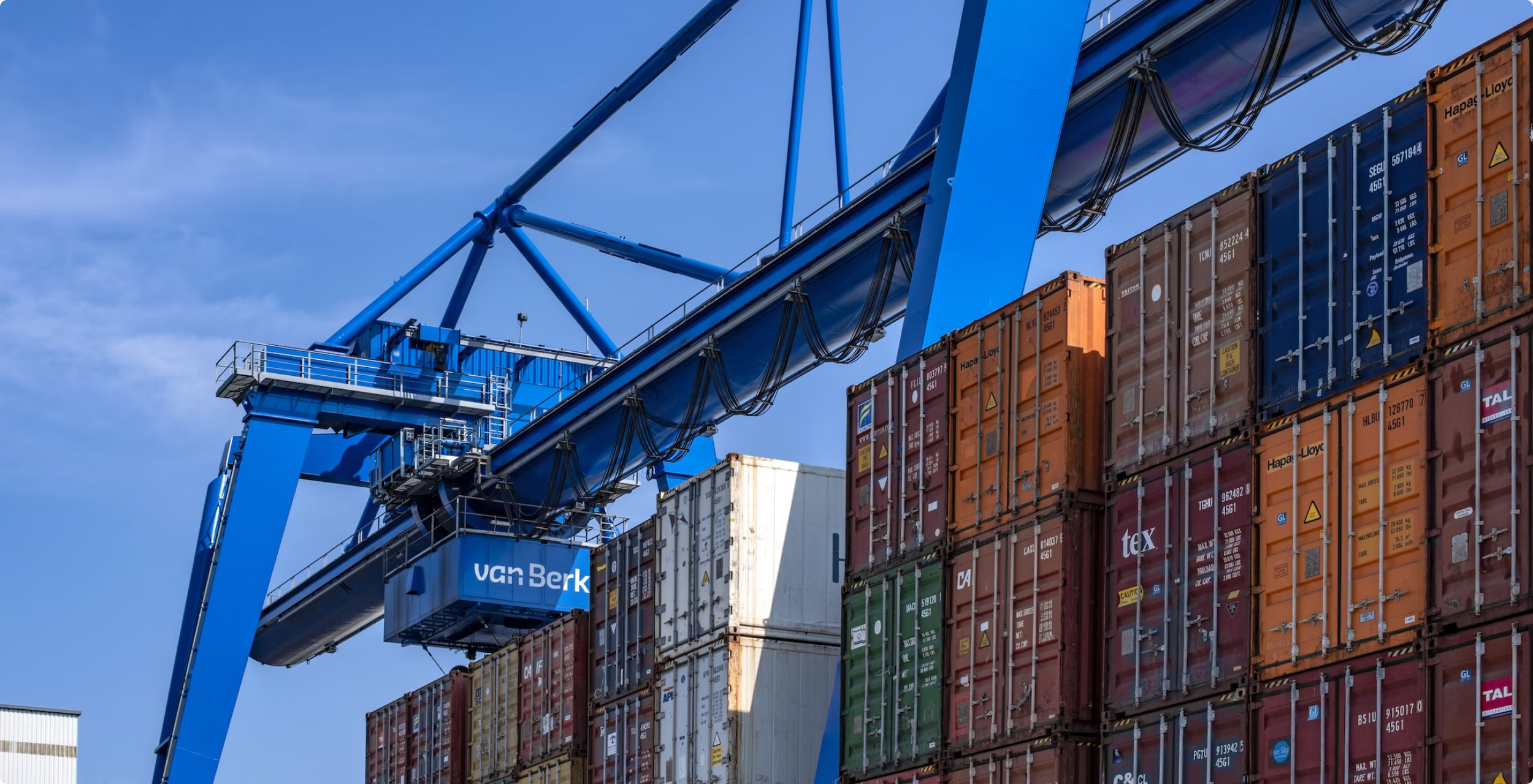
Creating a scalable white-label solution for freight forwarders, built to handle complexity with simplicity
Project challengeCompany
Cargoflux A/S
Role
Lead Product Designer
Timeline
Ongoing
Focus
Design system, UI/UX
Tools
Figma, AE, PS, Jira, Zeplin
Team
1 founders, 2 developers & 1 designer
Cargoflux is an all-in-one logistics platform designed for freight forwarders and carriers.
As Lead UI/UX Designer, I redesigned the platform’s interface and built a scalable white-label design system that allowed customization for different clients — all while ensuring visual consistency and usability across the product.
The goal was to create a flexible design foundation that could grow with the business and support complex logistics workflows with simplicity and clarity.
Cargoflux’s product was powerful, but its visual identity and user experience had become fragmented as new modules were added.
Different clients required their own branding, colors, and configurations, which made it difficult to maintain consistency and efficiency in the design and development process.
The challenge was to redesign the platform with a clear, unified design system — flexible enough for white-label use, yet strong enough to feel cohesive and recognizable.
ChallengeTo create a scalable, modular design foundation that could support multiple client brands and use cases.
The new system needed to balance flexibility with structure, ensuring that every customization still felt like part of the same product.
At the same time, I wanted to modernize the interface and improve usability across key workflows, particularly for users managing large volumes of shipment data daily.
GoalI built a new atomic design system in Figma, defining colors, components, states, and interaction patterns that could be easily adapted for white-label clients.
This system made it possible to customize themes and layouts without redesigning the entire interface, improving both design speed and technical implementation.
Through close collaboration with developers across Europe, we established a clear hand-off process and shared documentation that made design-to-dev translation smooth and reliable.
The result was a flexible system that felt consistent, professional, and ready to scale.
Design system evolutionThe redesign focused on making the product feel lighter, more organized, and easier to use for people working with complex logistics data.
I refined navigation and information hierarchy to reduce cognitive load and help users find what they need faster.
Interactive tables and smart filters were introduced to handle large data sets with better visibility and control.
Improved states and feedback patterns made the interface feel more responsive and trustworthy — supporting a smoother day-to-day workflow for freight professionals.
Together, these improvements created a more coherent and intuitive experience across the platform, while setting a new standard for how Cargoflux could scale its product and brand in the future.
UX HighlightsNext case



